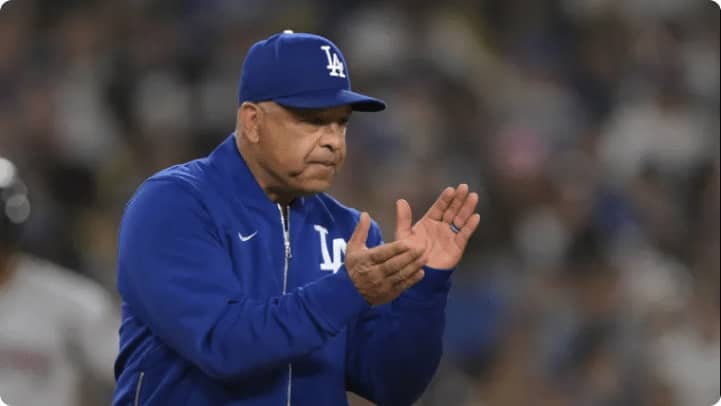The Paradox of Jorge López: How a 6.00 ERA and 6-0 Record Defy Baseball Logic
The Unlikely Triumph
Few stories in baseball have baffled analysts and fans more than Jorge López’s 2025 Season with the Washington Nationals. The 33-year-old right-hander holds a 6-0 win-loss record despite a glaring 6.00 ERA—a statistical contradiction that challenges traditional notions of pitching success. How does a pitcher with such poor run prevention metrics remain undefeated? The answer lies in a mix of offensive firepower, strategic management, and López’s knack for performing in high-pressure moments.
The Numbers: A Statistical Enigma
López’s 6.00 ERA and 1.50 WHIP (Walks + Hits per Inning Pitched) suggest significant control struggles. His 18.4% strikeout rate and 1.3 home runs per nine innings allowed further highlight defensive vulnerabilities. Yet, the Nationals’ offense—ranked among the NL’s top five in runs scored—has averaged 6.8 runs per game in his starts. This offensive support turns close games into victories, masking López’s shortcomings. When trailing or tied upon exit, the bullpen (led by setup man Robert García) has converted 80% of save opportunities in games López began, sealing improbable triumphs.
Contextualizing the Support
- Breakout performances from young stars like James Wood and Dylan Crews
- Manager Dave Martinez’s strategic use of defensive shifts and situational pitching
- A bullpen that thrives in late-inning pressure scenarios
The Psychology of Resilience
López’s mental toughness stands out. Despite allowing runners frequently, he excels in critical situations: opponents bat just .214 with runners in scoring position against him. His 49.3% ground-ball rate—induced by a 96.8 mph sinker—limits extra-base hits when games are on the line. Martinez praises López’s “clutch gene,” noting how he “grinds through adversity without crumbling under pressure.”
Historical Parallels and Caution Flags
López’s 2025 campaign echoes rare MLB anomalies like Fernando Rodney’s 2012 season (4.74 ERA, 8-0 record) with the Tampa Bay Rays. Both relied on potent offenses and late-inning defense to sustain winning records despite poor peripherals. However, López’s 5.77 FIP—a statistic projecting ERA based on defense-independent metrics—hints at regression risks. The Nationals will balance his veteran leadership against the need for sustainable success as they chase a playoff spot.
Conclusion: The Human Element in a Data-Driven Sport
Jorge López’s 6-0, 6.00 ERA season epitomizes baseball’s unpredictable nature. While his advanced metrics raise concerns, his resilience and the team’s collaborative efforts prove that wins can emerge from unlikely circumstances. As the Nationals push toward October, López’s ability to deliver in clutch moments may remain a crucial—if statistically perplexing—asset. In a sport built on numbers, sometimes the human factor still wins.










